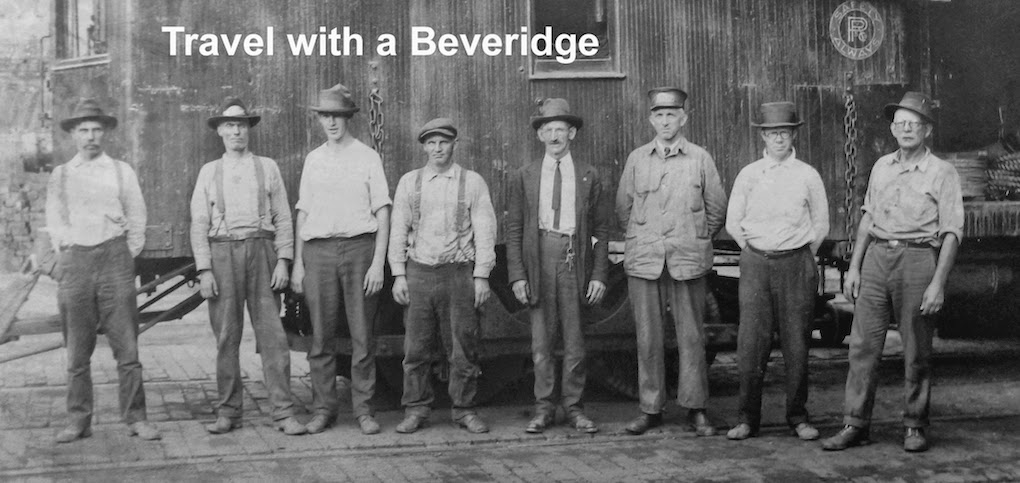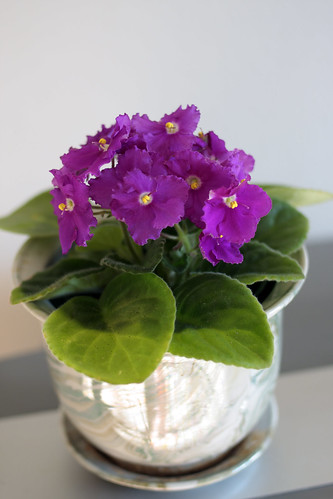U.S. Army Reserve Sgt. Mary Rhoads of California, Pa., arrives home in March 1991 days after a devastating enemy attack on her unit in the Persian Gulf War. (Scott Beveridge/Observer-Reporter)
By Scott Beveridge
By Scott Beveridge
The first time I met Mary Rhoads she was dispensing a parking ticket in 1990 while working as a meter maid in her hometown of California, Pa.
The motorist receiving the violation, though, didn't respond with the expected snarl, but rather a smile. He then said it was difficult to be upset about receiving a ticket when it was delivered by someone as friendly as Rhoads, in what was in impromptu exchange among three people sharing the same sidewalk.
I turned to her and said every town should have someone like her in that job.
The next time I noticed her name it was on the list of survivors of a U.S. Army Reserve unit that had come under attack Feb. 25, 1991, in Operation Desert Storm against Iraq.
I was a cub reporter and had suddenly been tossed into an international story because two local members of her unit, the 14th Quartermaster Detachment, were among those killed by a Scud missile that leveled its barracks. The attack took the lives of 13 members of the unit, including Spc. John A. Boliver Jr., 27, whose wife, Paula, was a friendly pizza shop employee near where I worked in Monongahela a short distance from their house. Spc. John Biongorni III, 20, of Hickory, also died in the Feb. 25, 1991, tragedy in Dhahran, Saudi Arabia, just hours before the brief war ended. It was the deadliest enemy attack on U.S. troops in the war.
Rhoads had become a symbol of the incident when CNN broadcast her image cradling her best friend, Spc. Beverly A. Clark, 23, of Armagh, immediately after Clark was killed. Rhoads had just stepped outside, taking a break from a card game, when the Scud landed.
The 14th based in Hempfield Township would quickly be returned home by air to Latrobe Airport in an event heavily attended by the press. Rhoads rushed to her husband and daughter upon landing. Flowers were distributed. It was a happy affair if only for a few hours.
Rhoads had become a symbol of the incident when CNN broadcast her image cradling her best friend, Spc. Beverly A. Clark, 23, of Armagh, immediately after Clark was killed. Rhoads had just stepped outside, taking a break from a card game, when the Scud landed.
The 14th based in Hempfield Township would quickly be returned home by air to Latrobe Airport in an event heavily attended by the press. Rhoads rushed to her husband and daughter upon landing. Flowers were distributed. It was a happy affair if only for a few hours.
Soon many members of this unit would later complain about suffering mysterious illnesses that eventually were attributed to Persian Gulf War syndrome. Rhoads landed in the Veterans Administration Hospital in Pittsburgh in a room down the hall from a comrade who died there during her stay from an unknown heart disease.
There would be thoughts of suicide among other members of the 14th as the Department of Defense investigated a spate of theories the illnesses were caused by such things as exposure to chemical warfare, reactions to inoculations and their having breathed fumes from burning oil wells. Others were convinced Saddam Hussein had ordered the Scud laced with biological warfare.
Rhoads testified about her medical problems before Congress and would become among the first from that war to receive full military disability on a claim linked to the syndrome. She then shielded herself from public attention after being criticized for complaining about service to her country. Back in the newsroom at the Observer-Reporter, I received anonymous hate mail attacking her for being a woman who didn't belong in a war zone to begin with.
I didn't see Rhoads again for more than a dozen years, until being asked to take photographs at a veterans program at a Canonsburg personal care home, where she had been volunteering. It turned out she since has survived cancer and two heart attacks, and was caring for her ill husband, both of whom were in their early 50s.
I didn't see Rhoads again for more than a dozen years, until being asked to take photographs at a veterans program at a Canonsburg personal care home, where she had been volunteering. It turned out she since has survived cancer and two heart attacks, and was caring for her ill husband, both of whom were in their early 50s.
It seems her critics were wrong, given the bravery she has faced in dealing with the medical problems that have plagued her and her family. She can still muster a smile, despite her bouts with survivor's guilt and post-traumatic stress disorder.
The aftermath of an attack on temporary barracks shared in the Persian Gulf by members of the 14th Quartermaster Detachment in Greensburg.














